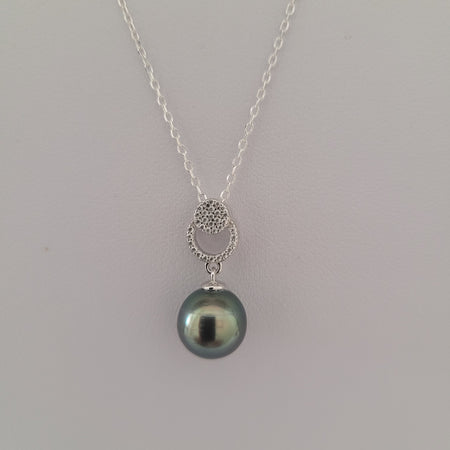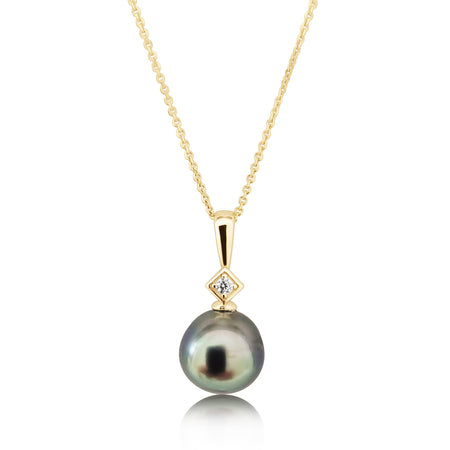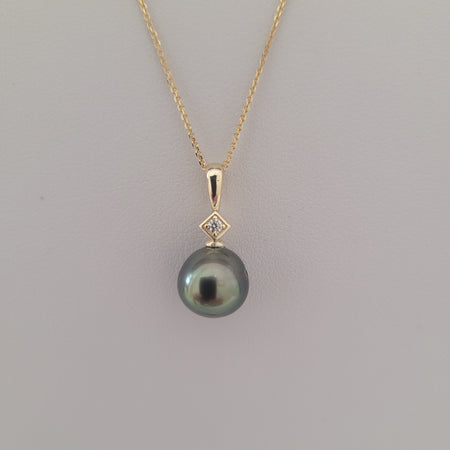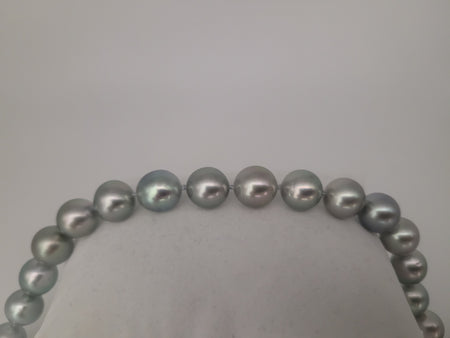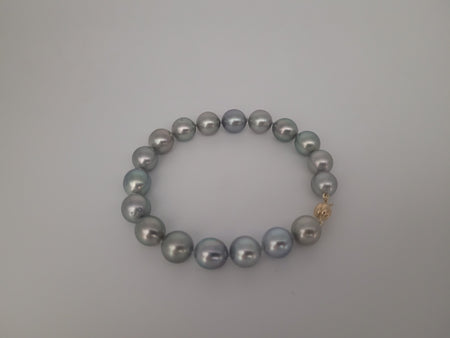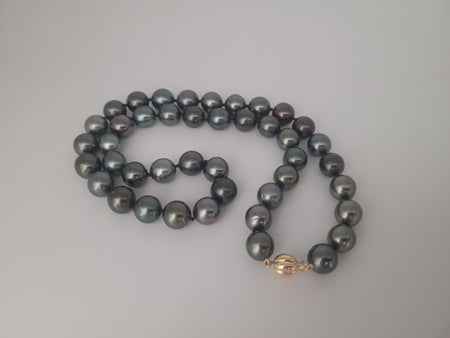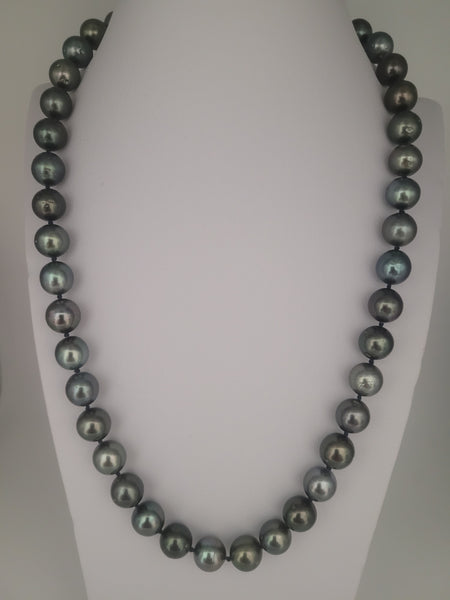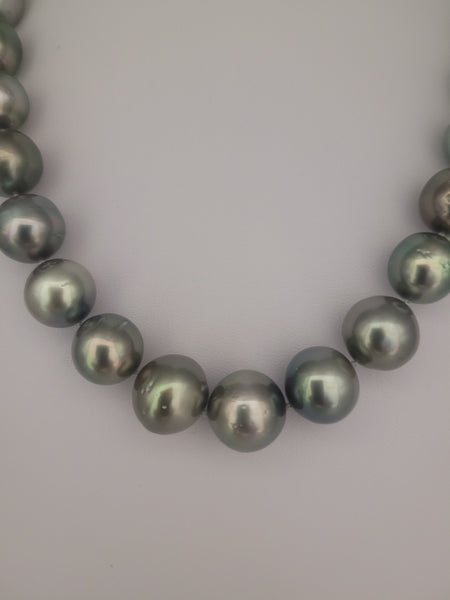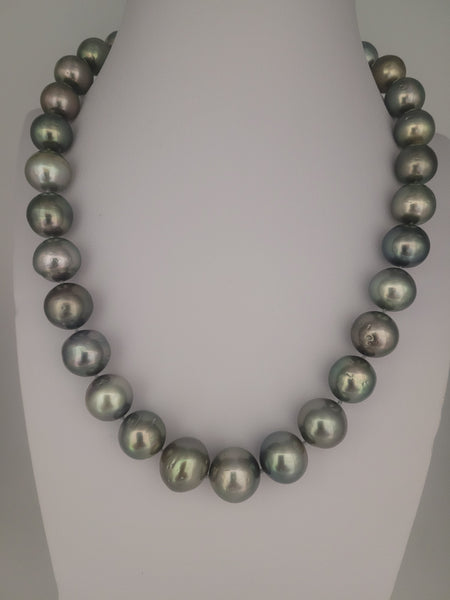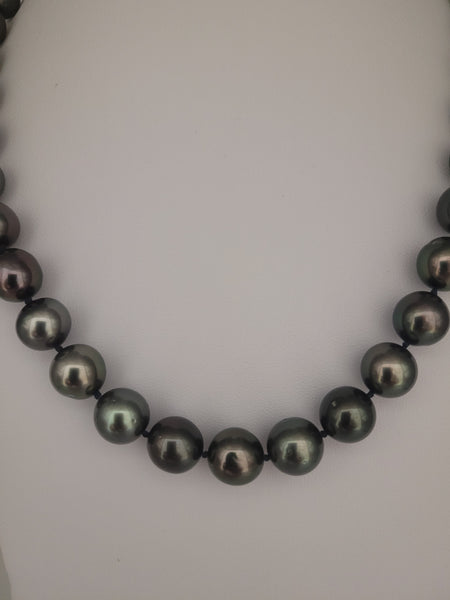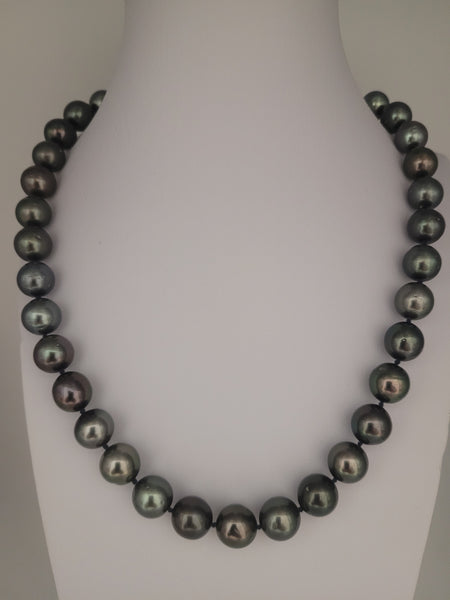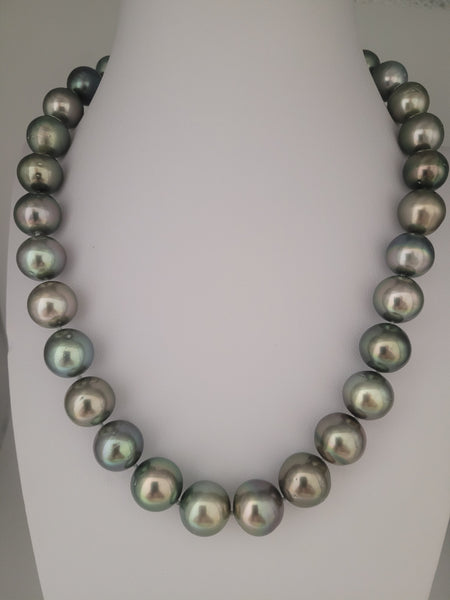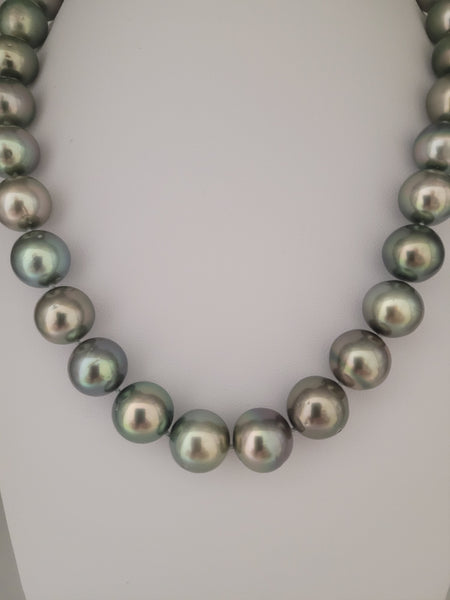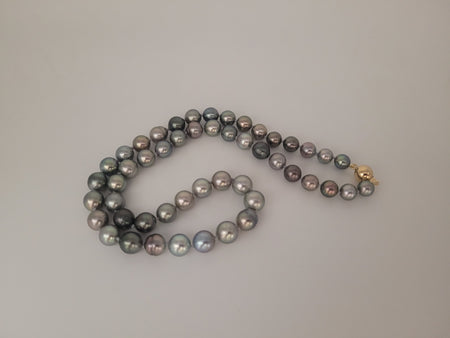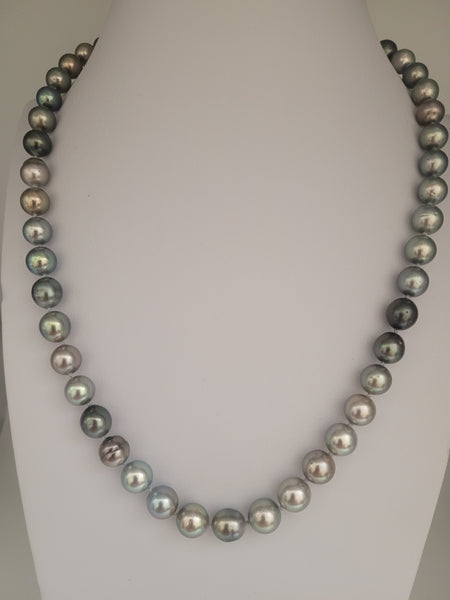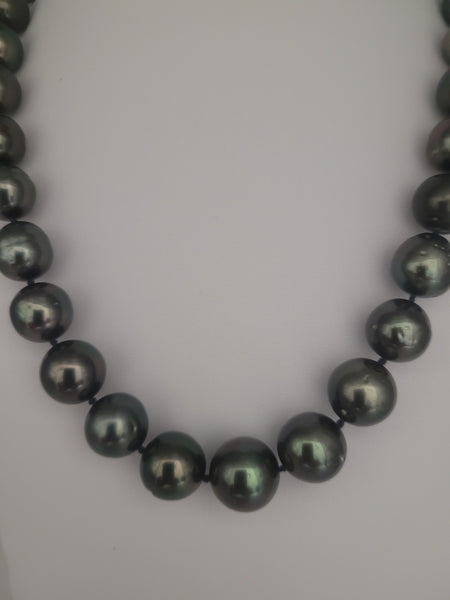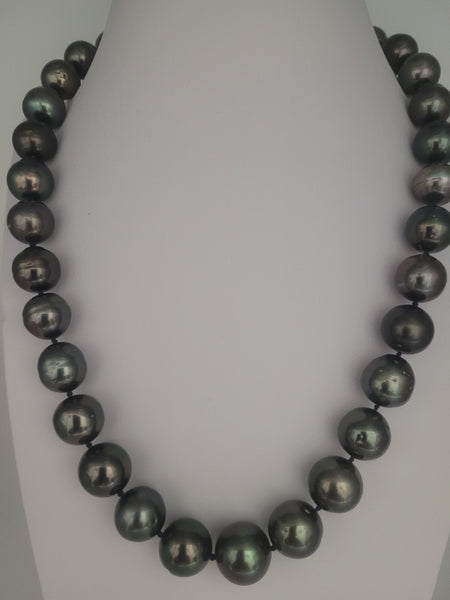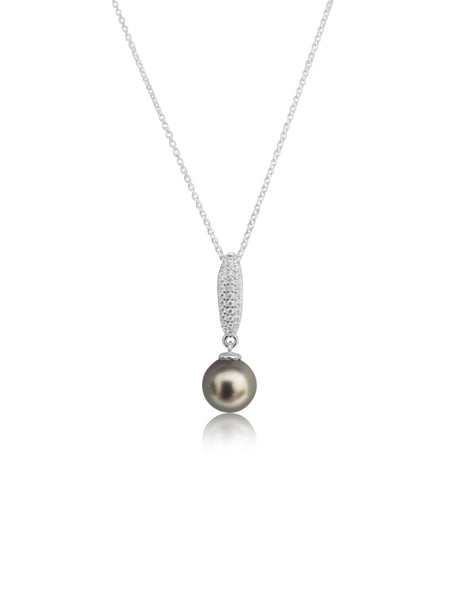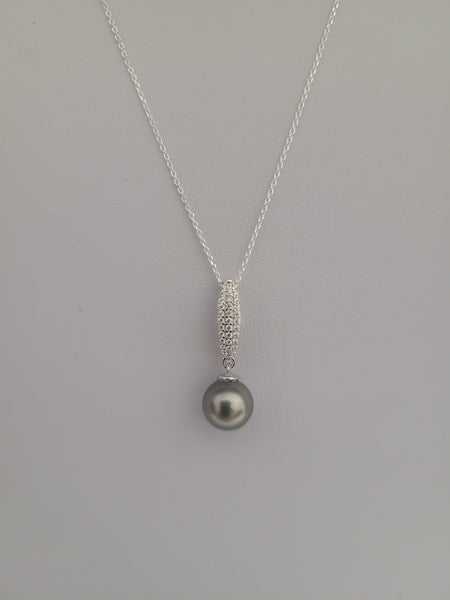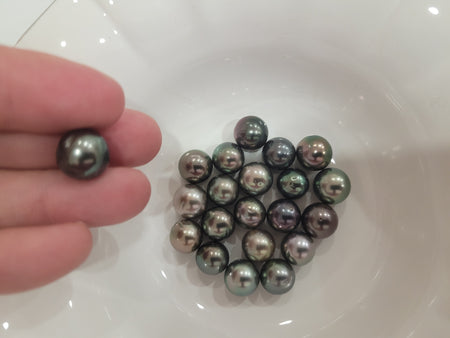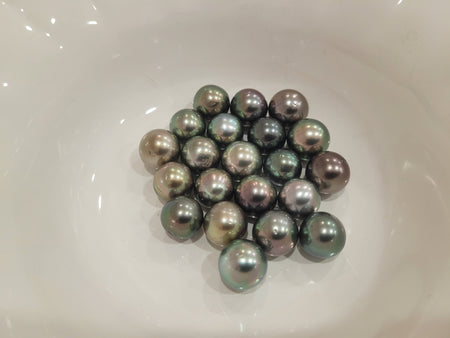Tahitian Pearls Information
Tahitian Pearls Guide: The Ultimate Source of Knowledge
Tahitian pearls, also known as black pearls, are a unique and highly sought-after gem that originates from the French Polynesian islands of Tahiti. These exquisite pearls are praised for their natural beauty, rich colors, and lustrous shine. Whether you are a pearl enthusiast or a curious individual looking to learn more about these mesmerizing gems, this comprehensive Tahitian Pearls Guide will provide you with all the information you need to know.
The Origin and Formation
Tahitian pearls are produced by a type of oyster called Pinctada margaritifera, which thrives in the pristine waters surrounding Tahiti. Unlike other pearl varieties, Tahitian pearls are not exclusively black but can range in color from dark gray to light silver and even vibrant peacock green. The unique colors are a result of the oyster's nacre, the material that forms the pearl, absorbing various trace elements from the surrounding environment.
These remarkable gems take several years to form inside the oyster and are cultivated through a process known as pearl farming. Skilled pearl farmers delicately implant a small bead nucleus into the oyster, which triggers the production of nacre around it. Over time, layer upon layer of nacre builds up, resulting in the creation of a stunning Tahitian pearl.
Characteristics and Grading
Tahitian pearls are famous for their unique characteristics, which distinguish them from other pearl types. The prime factors that determine the quality and value of a Tahitian pearl include size, shape, color, surface quality, and luster.
Size: Tahitian pearls typically range from 8mm to 15mm, with larger pearls being rarer and more valuable. The size is measured by the diameter of the pearl.
Shape: While perfectly round Tahitian pearls are highly prized, they also come in various other shapes such as drop, baroque, oval, and button. Each shape possesses its own charm and uniqueness.
Color: Tahitian pearls exhibit a captivating array of colors, with popular shades including black, gray, peacock green, and silver. The intensity and evenness of the color play a significant role in determining the value of the pearl.
Surface Quality: Pearl surfaces can vary from perfectly smooth to slightly blemished. Pearls with minimal surface imperfections are considered more valuable.
Luster: One of the most essential characteristics of a Tahitian pearl is its luster, which refers to its reflective quality and depth of shine. Pearls with a high luster appear more radiant and are therefore more desirable.

A Symbol of Elegance and Luxury
Tahitian pearls have long been associated with elegance, luxury, and exotic beauty. They have become a highly sought-after gem in the world of jewelry, adorning necklaces, earrings, bracelets, and even rings. The rarity and unique nature of Tahitian pearls make them an exceptional choice for those who appreciate fine craftsmanship and individuality.
Celebrities and fashion icons alike have embraced the allure of Tahitian pearls. From red carpet events to high-end fashion magazines, these captivating gems continue to captivate with their natural charm and sophisticated appeal.

























































